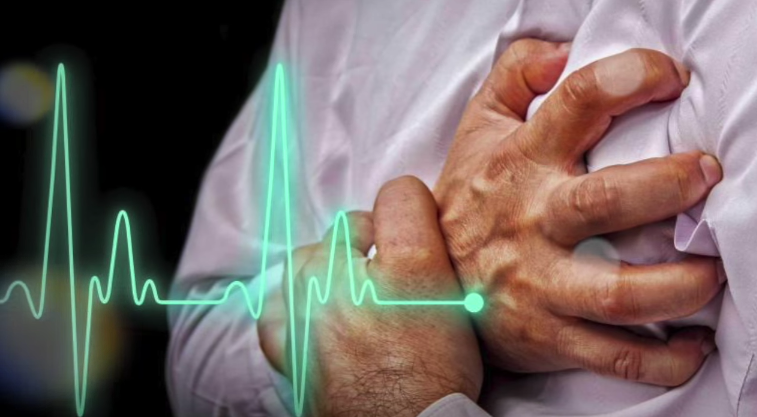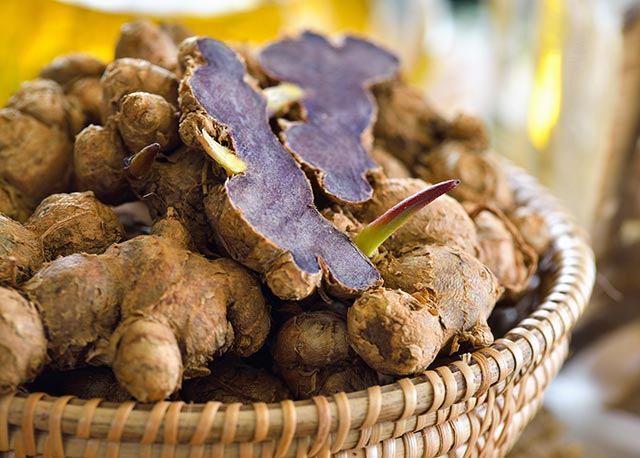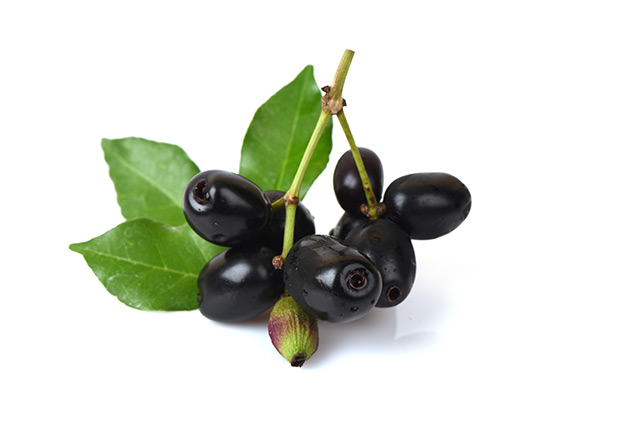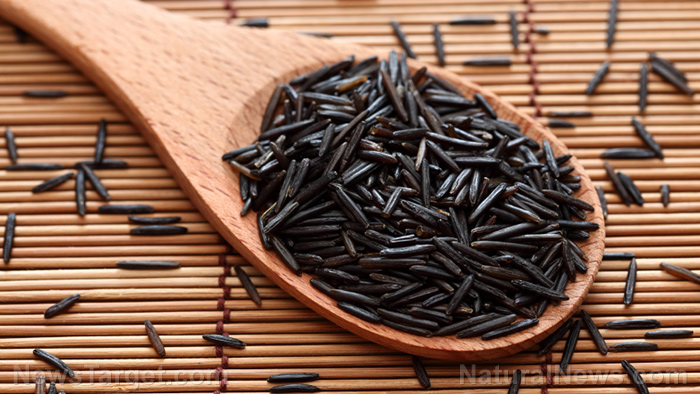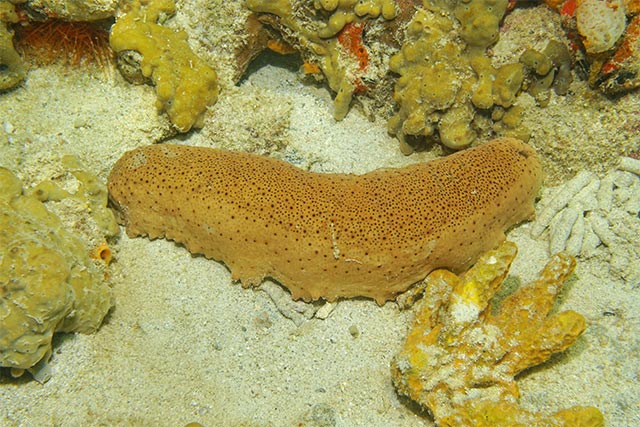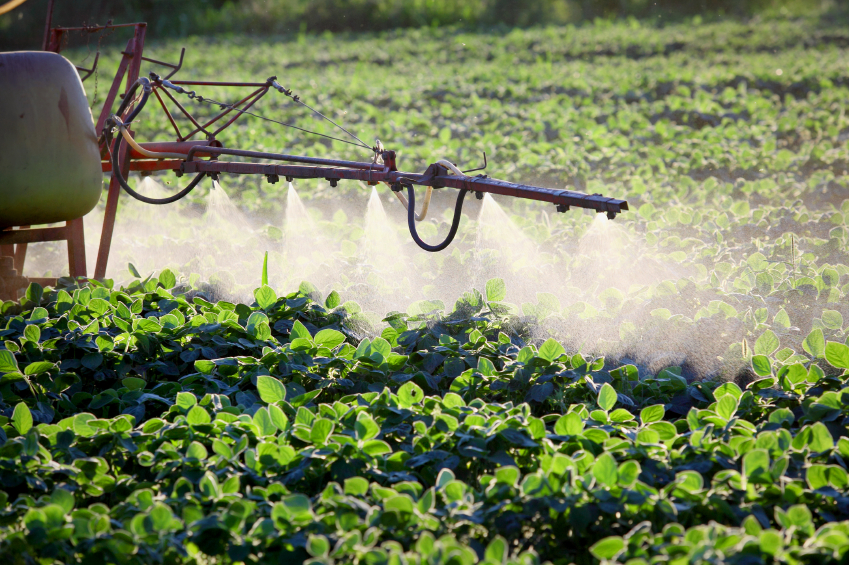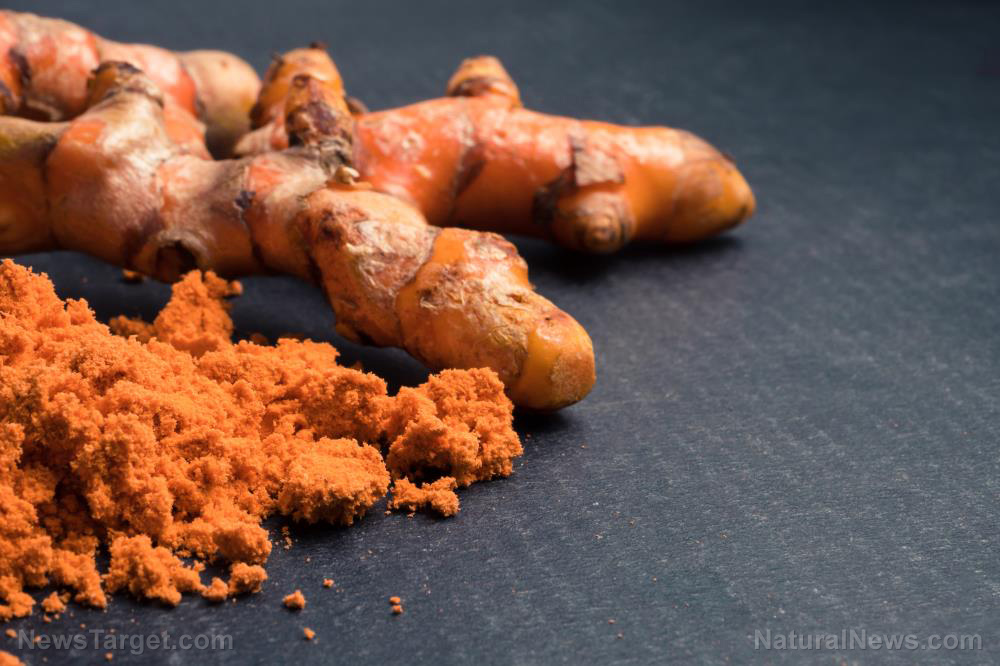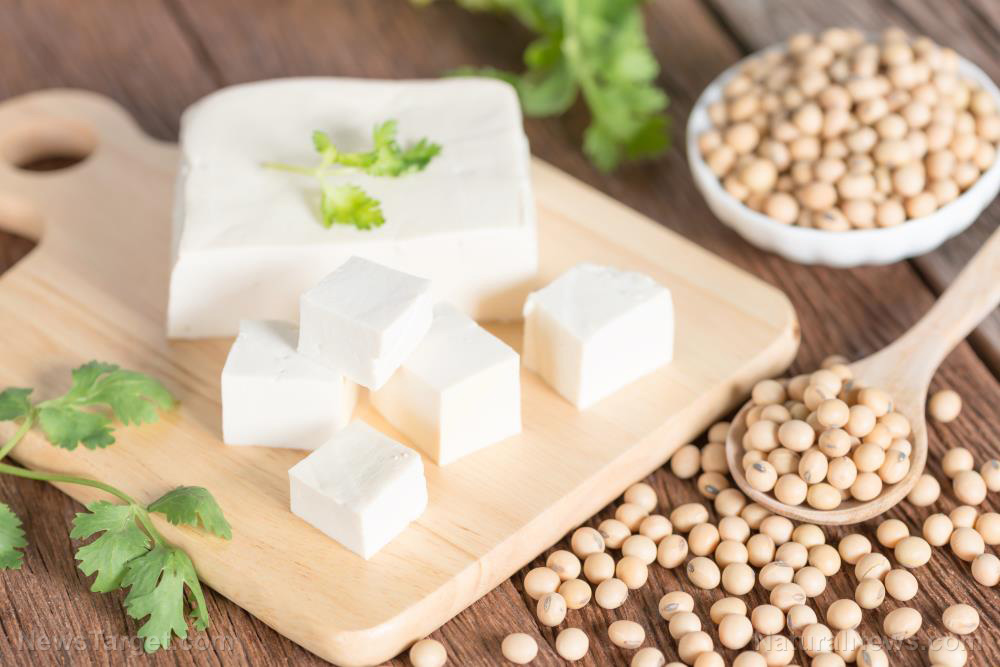Looking at the role of seaweed in the prevention of Parkinson’s disease
07/06/2018 / By Michelle Simmons

Several types of seaweed have been found to play a role in the prevention of Parkinson’s disease, according to a study published in the journal BMC Complementary and Alternative Medicine. In the study, a team of researchers at the Polytechnic Institute of Leiria in Portugal aimed to investigate the protective effects of seaweed on human neuroblastoma cell line (SH-SY5Y) that have been exposed to 6-hydroxydopamine (6-OHDA) to induce toxicity.
- The research team analyzed cell viability studies by 3-(4,5-dimethylthiazol-2yl)-2,5-diphenyl tetrazolium bromide (MTT) assay. They also looked at the intracellular signaling pathways hydrogen peroxide (H2O2) production, changes in the mitochondrial membrane potential, and Caspase-3 activity.
- The seaweeds used in the study were Padina pavonica, Sargassum muticum, Saccorhiza polyschides, Codium tomentosum, and Ulva compressa. The extracts of these seaweeds contain high antioxidant properties.
- The team found that the viability of SH-SY5Y cells was reduced after exposure to 6-OHDA, leading to cell death.
- Cell death occurred due to the increase in H2O2 production, the depolarization of mitochondrial membrane potential, and the increase in caspase-3 activity. Oxidative stress, mitochondrial and lysosomal dysfunctions, neuroinflammatory processes, and the formation of pathologic inclusions contribute to neuronal death in Parkinson’s disease.
- The seaweed extracts exhibited efficient protection on cell’s viability in the presence of 6-OHDA. This may be due to the reduction of H2O2 cell’s production, the protection of mitochondrial membrane’s potential, and the reduction of caspase-3 activity.
- The extracts caused a significant decrease in oxidative stress and an anti-apoptotic effect.
Based on the findings of the study, the extracts of P. pavonica, S. muticum, S. polyschides, C. tomentosum, and U. compressa contain high antioxidant properties that reduce the neurotoxic effects induced by 6-OHDA.
For the full text of the study, go to this link.
Journal Reference:
Silva J, Alves C, Pinteus S, Mendes S, Pedrosa R. NEUROPROTECTIVE EFFECTS OF SEAWEEDS AGAINST 6-HYDROXIDOPAMINE-INDUCED CELL DEATH ON AN IN VITRO HUMAN NEUROBLASTOMA MODEL. BMC Complementary and Alternative Medicine. 2018; 18(58). DOI: 10.1186/s12906-018-2103-2
Tagged Under: Brain, brain function, Codium tomentosum, disease prevention, furbellow, green alga, Japanese wireweed, Natural Treatments, neurodegenerative disease, oxidative stress, Padina pavonica, Parkinson's Disease, peacocks tail, Saccorhiza polyschides, Sargassum muticum, seaweeds, Ulva compressa, velvet horn


